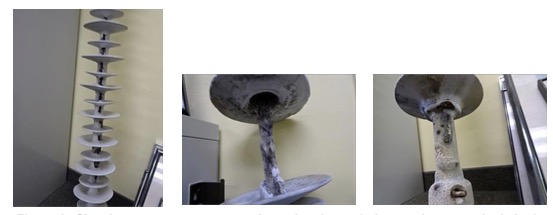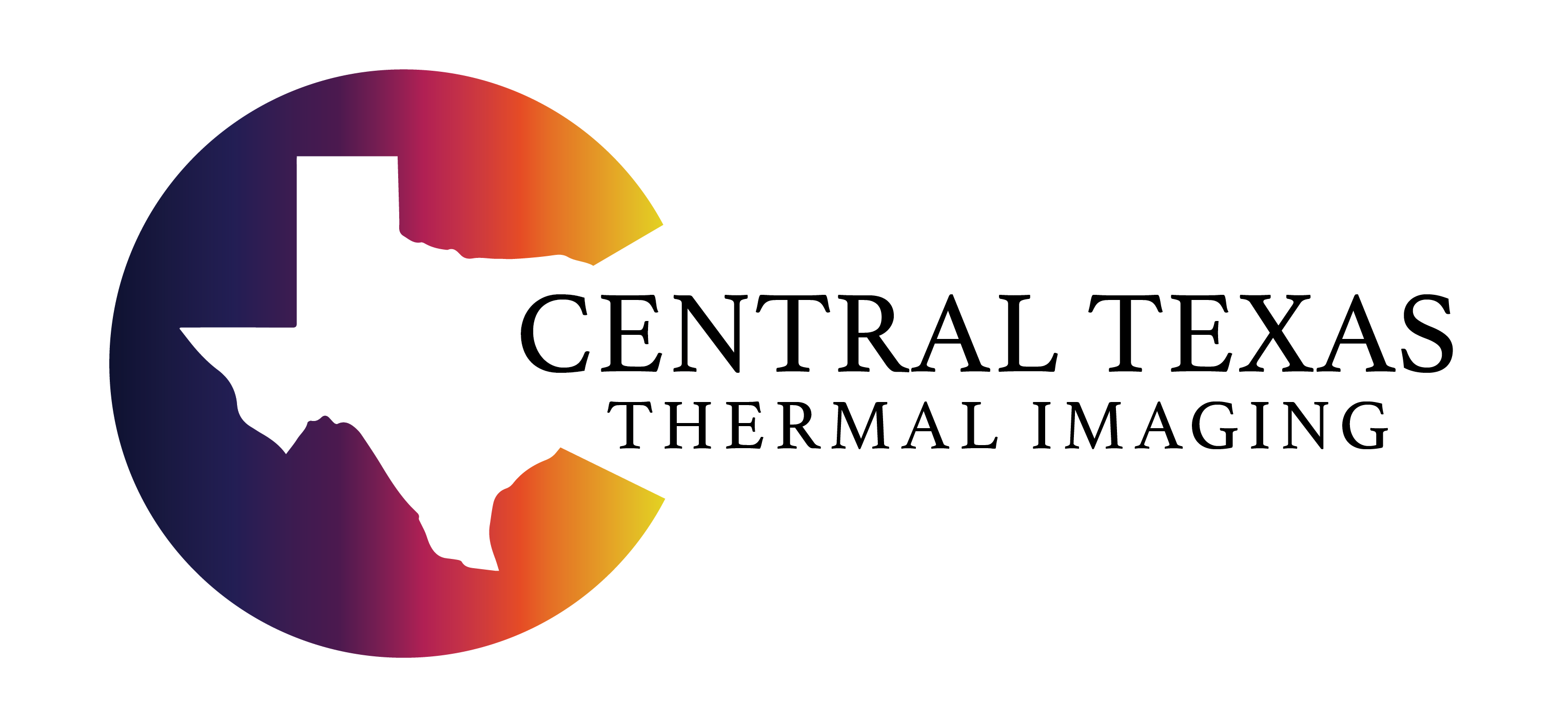James Brady
Level III Certified Infrared Thermographer
Avoiding transmission failures is paramount for power utility companies. Failures have the potential to impact large sections of a power grid, and can be challenging for utility companies to restoring power in a timely manner. Unlike distribution outages that may affect tens or even hundreds of customers, transmission line outages can affect thousands and impact the operation of other electrical systems they are connected to.
A large majority of utility companies perform routine visual and infrared inspections to detect reliability threats. Some are also using solar blind ultra-violet (UV) cameras to detect corona on insulators and other components that are often missed with infrared or visual inspections. However, corona inspections are not as prevalent and that is unfortunate because corona activity poses serious threats to transmission system.
What brought our company into the world of solar blind UV camera inspections was one of our utility clients had experienced sudden and catastrophic failures on 138kV polymer insulators (Figure 1). This was a line that we were inspecting annually with infrared so it was no surprise that questions arose to the effectiveness of this survey. Looking at the failure pattern on the insulator(s) it was suspected that corona was to blame for the failures and performing an inspection specific to detect it would be beneficial.

Figure 1: Showing rupture pattern on polymer insulator; dark areas between sheds in the failure pathway the fault followed to ground. Middle photo shows sheds closer to live end and photo on left is the ground side; show existing path of electrical fault.
During our meeting, the use of UAS / drones equipped with a corona and infrared camera was discussed as an option to perform the inspection, but limited flight times and the need to maintain “line-of-sight” flying quickly put that to rest. We did, however, agree that using a drone to capture detailed images of problems we found would replace the need for a bucket truck to perform this task and ultimately save time and money..


